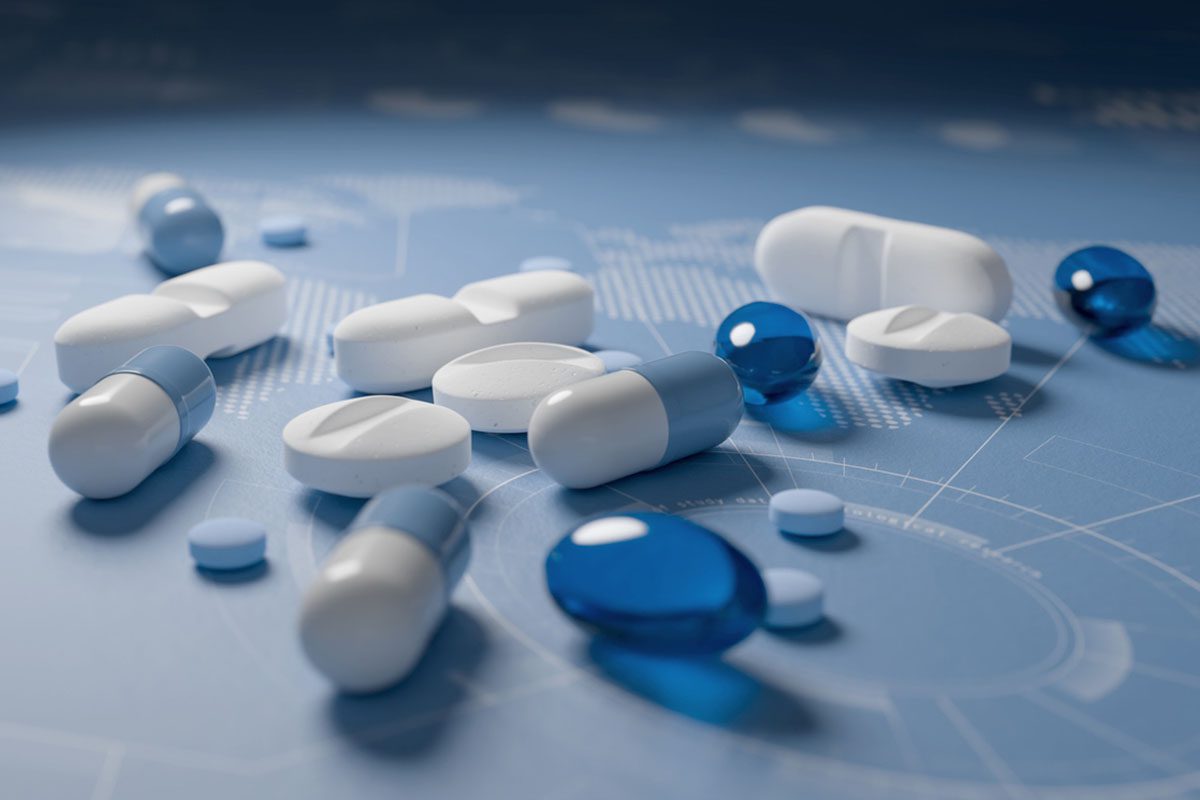Background: Drug resistance remains a persistent source of morbidity and mortality for patients with bipolar depression. A growing number of clinical studies support the usefulness of chronotherapeutic interventions, such as total sleep deprivation (TSD) and light therapy (LT), in the treatment of nonresistant bipolar depression.
Method: To investigate the clinical usefulness of TSD plus LT in the treatment of drug-resistant bipolar depression, we treated 60 inpatients for 1 week with repeated TSD and LT combined with ongoing antidepressants and lithium salts. All patients had a DSM-IV diagnosis of bipolar I disorder. Drug resistance was rated according to Thase and Rush criteria. The pattern of relapses and recurrences was assessed during a prospective 9-month follow-up. Data were gathered from September 2002 to July 2004.
Results: A 2-way repeated-measures analysis of variance with changes in self-rated perceived mood scores as dependent variable and with time and group (history of drug resistance) as independent factors confirmed significant time-by-group interaction (p = .0339). A logistic regression on rates of achievement of response (50% reduction in Hamilton Rating Scale for Depression ratings) confirmed the significance of observed differences: overall, 70% (23/33) of nonresistant versus 44% (12/27) of drug-resistant patients achieved response (p = .045). A survival time analysis (Cox proportional hazards model) showed that history of drug resistance significantly influenced the pattern of relapses and recurrences, with 57% (13/23) of nonresistant responders and 17% (2/12) of drug-resistant responders being euthymic after 9 months (p = .0212).
Discussion: The combination of repeated TSD and LT in drug-resistant patients was useful in triggering an acute response. Further clinical research is needed to optimize this treatment option for drug-resistant patients in the long term.
Please sign in or purchase this PDF for $40.00.




